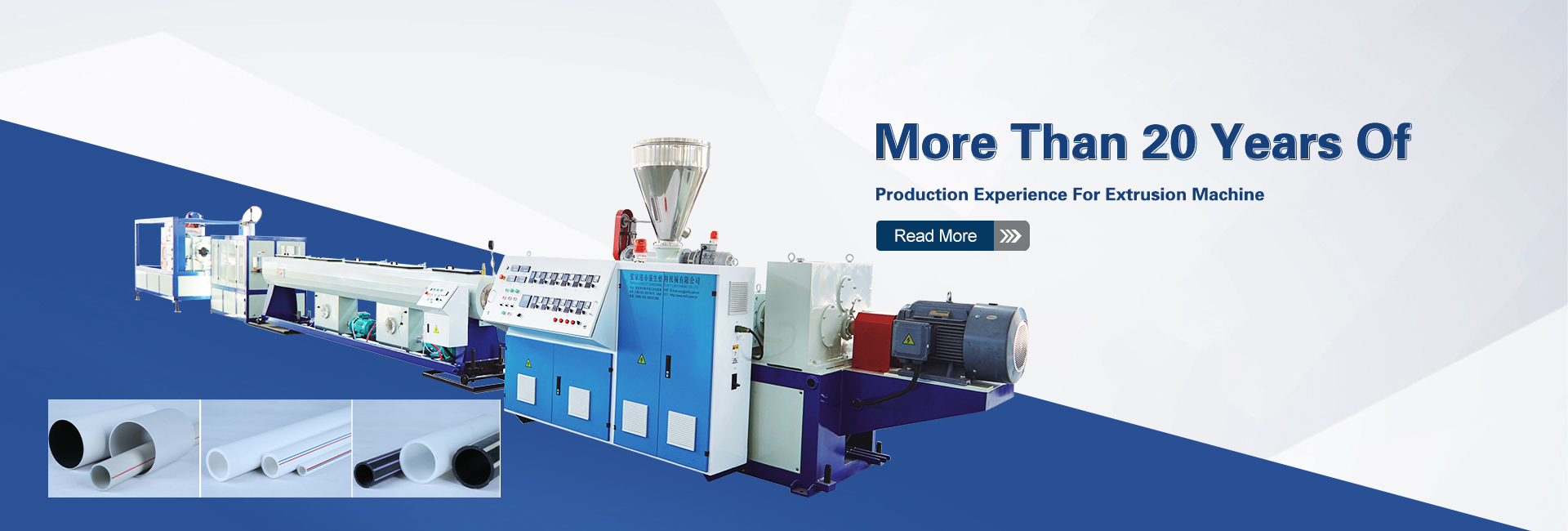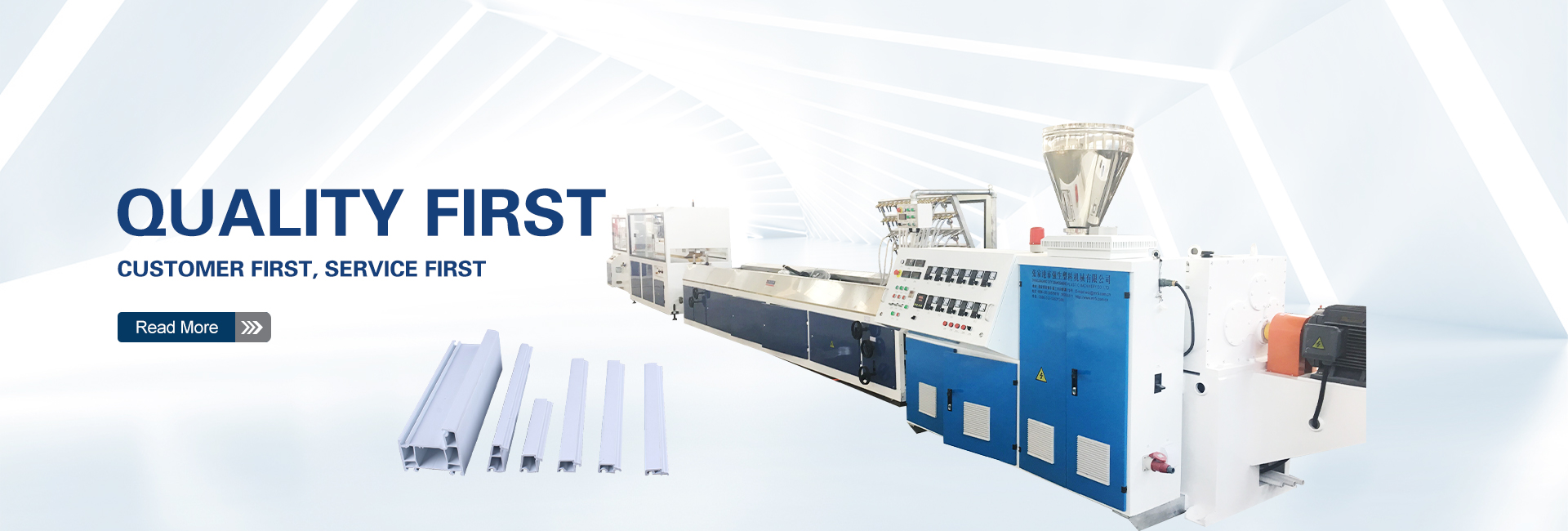As a leading manufacturer of PVC Profile Extrusion Machines, Qiangshengplas recognizes the importance of maintaining consistent product quality to meet customer expectations and ensure market competitiveness. However, PVC Profile Extrusion Machines are susceptible to various defects, such as low product strength, discoloration, and black lines, which can significantly impact the functionality and aesthetics of the final product. In this article, we delve into the common causes of these defects and provide practical solutions to help manufacturers achieve defect-free production and enhance overall product quality.
Understanding the Causes of Common Defects in PVC Profile Extrusion
Low Product Strength:
a. Improper Material Formulation: Incorrect ratios of PVC resin, additives, and stabilizers can lead to insufficient strength and brittleness.
b. Inadequate Mixing: Incomplete mixing of ingredients can result in uneven distribution of properties and reduced strength.
c. Excessive Processing Temperature: Overheating during extrusion can degrade the polymer chains, weakening the product.
Discoloration:
a. Overheating During Processing: Excessive heat exposure can cause thermal decomposition of the polymer, leading to discoloration.
b. Contamination with Impurities: Trace amounts of impurities, such as metals or pigments, can react with the polymer and cause discoloration.
c. Inadequate UV Stabilization: Insufficient UV stabilizers can make the PVC profile susceptible to yellowing or fading when exposed to sunlight.
Black Lines:
a. Carbonization: Overheating or prolonged exposure to high temperatures can cause carbonization of the polymer, resulting in black lines or streaks.
b. Contamination with Foreign Particles: Small particles, such as metal fragments or charred polymer residue, can become embedded in the molten PVC, causing black lines.
c. Die Defects: Damage or imperfections in the extrusion die can cause disruptions in the flow of molten PVC, leading to the formation of black lines.
Effective Solutions for Defect-Free PVC Profile Extrusion
Optimize Material Formulation:
a. Strict Adherence to Formulations: Ensure precise adherence to the recommended formulations provided by the PVC resin manufacturer.
b. Thorough Mixing: Implement effective mixing techniques to achieve uniform distribution of ingredients throughout the compound.
c. Temperature Control: Maintain precise control over processing temperatures within the recommended range to prevent polymer degradation.
Minimize Contamination:
a. Cleanliness in Production: Maintain a clean and organized production environment to minimize the risk of contamination.
b. Storage and Handling Practices: Implement proper storage and handling procedures for raw materials and additives to prevent contamination.
c. Regular Cleaning of Equipment: Regularly clean and inspect extrusion equipment to remove any accumulated contaminants.
Enhance UV Protection:
a. Adequate UV Stabilizer Dosage: Ensure sufficient dosage of UV stabilizers in the PVC formulation to protect against UV radiation.
b. Co-Extrusion with UV-Resistant Layer: Consider co-extruding a UV-resistant layer onto the PVC profile for enhanced protection.
c. Proper Storage and Handling: Store and handle finished PVC profiles to minimize exposure to direct sunlight.
Prevent Carbonization and Foreign Particle Contamination:
a. Strict Temperature Control: Maintain precise control over processing temperatures to prevent overheating and carbonization.
b. Regular Equipment Maintenance: Regularly inspect and maintain extrusion equipment to prevent wear and tear that could lead to contamination.
c. Filtration Systems: Implement filtration systems to remove impurities from the molten PVC before extrusion.
Maintain Die Integrity:
a. Regular Die Inspection: Regularly inspect the extrusion die for signs of damage or wear.
b. Proper Die Cleaning: Clean the die thoroughly after each production run to remove any polymer residue.
c. Preventive Maintenance: Implement a preventive maintenance program for the extrusion die to ensure optimal performance.
Conclusion
By understanding the root causes of common defects in PVC Profile Extrusion and implementing effective preventive measures, manufacturers can significantly reduce the occurrence of these issues, enhance product quality, and maintain customer satisfaction. At Qiangshengplas, we are committed to providing our customers with the expertise and support they need to achieve defect-free production and maximize their profitability. If you encounter any defect-related challenges or require further assistance, please do not hesitate to contact us.
Post time: Jun-17-2024



